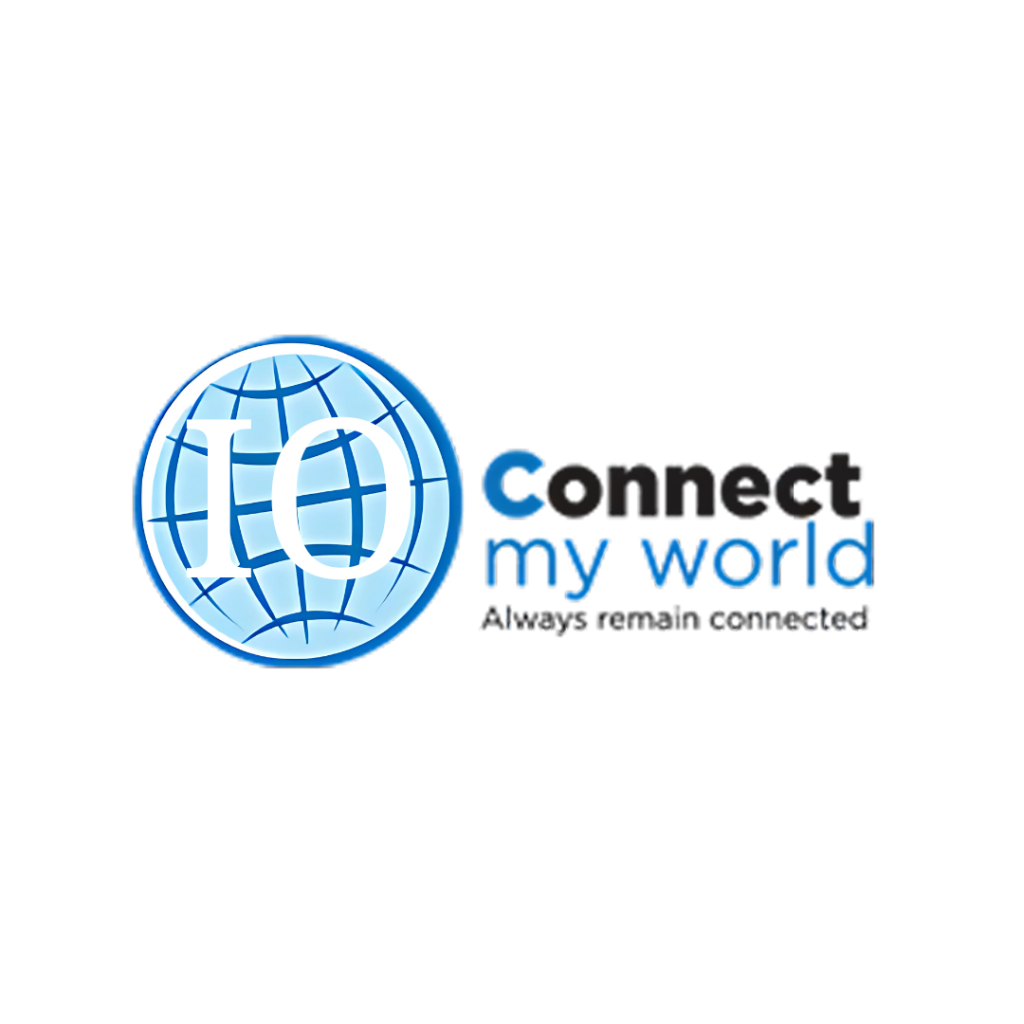Employee tracking apps are not just “bossware.” When used openly and carefully, they can improve productivity, accountability, and operational insights. Let’s look at five smart ways to use this technology to its fullest.
1. Optimize Field Productivity with Route Analysis
Use tracking apps to plan and look at the routes of field staff. Businesses that use GPS-based tracking say that their mileage claims go down by up to 30% and their efficiency goes up by 22% because they don’t have to make as many detours and travel that isn’t productive.
Smart tip: Use route data to change your plans for the day. Grouping visits by location cuts down on fuel costs and speeds up customer response time.
2. Prevent Time Theft and Ensure Attendance Accuracy
Time theft and mistakes are often hidden in manual attendance logs. Automated time tracking cuts down on payroll mistakes by 44%, and web-based tracking cuts down on time-entry mistakes by 50%.
Smart tip: Set up geofenced clock-ins so that employees can only clock in at certain locations. This will cut down on buddy punching and mistakes made off-site.
3. Drive Accountability with Real-Time Monitoring
Today, 60% of businesses use monitoring tools, and 84% say they make workers more productive. Tracking apps help teams stay on task.
Smart tip: Give teams access to real-time dashboards so they can see how things are going, not just managers. This openness encourages people to take responsibility for their actions instead of being suspicious.
4. Safeguard Mobile Teams with Safety Tracking
When staff members go to remote or dangerous places, safety is the most important thing. Tools that show where you are can help emergency responders get there faster and make things safer.
Smart tip: Set up alerts for movements outside of the normal range or stops that aren’t planned. This is very important for the safety of workers and their families.
5. Leverage Data for Smarter Workforce Planning
Apps that track employees collect a lot of information, such as hours, stops, idle time, and visits. Managers can find high-performing routes, underused staff, or burnout risks by looking at trends.
Smart tip: Weekly reports can show reps who are spending too much time doing nothing or who have too many tasks to do, which can lead to proactive interventions.
Why This Matters for Your Business
1.Cut costs – Up to 30% in mileage savings, fewer payroll overpayments
2.Boost accuracy – 50% fewer time-tracking errors, 44% fewer payroll discrepancies
3.Improve safety & compliance – Real-time location for wellbeing and regulation
4.Increase productivity – 84% of firms report performance gains with monitoring
Use Ethically—Build Trust First
Balance is key. 35% of employees feel monitored tools lower trust—yet transparency and clarity can reverse this.
Best practices:
•Introduce tracking during onboarding
•Share its purpose (for safety, efficiency—not micromanagement)
•Give employees control—like pausing tracking during breaks
Final Takeaway
An app for tracking employees can do a lot more than just keep track of hours or routes. It can also improve safety, efficiency, and decision-making based on data. When used in a clear and ethical way, it turns field operations into smart, accountable, and flexible workflows.
Want to see how ConnectMyWorld’s app can empower your team? Book a free demo today.
Frequently Asked Questions (FAQs)
Q1: What is an employee tracking app?
An employee tracking app is a piece of software that keeps track of where employees are, what they’re doing, and when they’re at work, especially those who work in the field. GPS tracking and performance reporting help businesses be more responsible, safe, and productive.
Q2: Is it legal to track employees using GPS?
Yes, in most countries it is legal to use GPS to keep track of employees as long as they know about it and agree to it. Employers must be clear about why they are tracking people and follow the data privacy laws that apply in their area.
Q3: How does an employee tracking app work?
The app works on employees’ phones and uses GPS to keep track of where they are, where they’ve been, when they check in and out, and what they’re doing. Employers can see this information in real time on a web dashboard and make in-depth reports.
Q4: What are the key benefits of using an employee tracking app?
•Improved field productivity and route planning
•Accurate attendance and payroll data
•Enhanced safety for mobile teams
•Reduced mileage fraud and time theft
•Actionable insights through performance data
Q5: Do employee tracking apps work offline?
Yes, most advanced tracking apps, such as ConnectMyWorld, can be used without an internet connection. They keep data on the device and sync it when the internet is back up, so there is no data loss.
Q6: Can tracking apps be used for remote or hybrid teams?
Yes, for sure. Employee tracking apps are great for teams that work from home or in a mix of places. They let employers keep an eye on hours worked, attendance, and compliance with location rules, even when employees are working from different places.
Q7: What features should I look for in a good tracking app?
Look for features like:
•Real-time GPS tracking
•Geofenced attendance
•Offline support
•Route history and reports
•ERP and payroll integration
•Data security and user permissions
